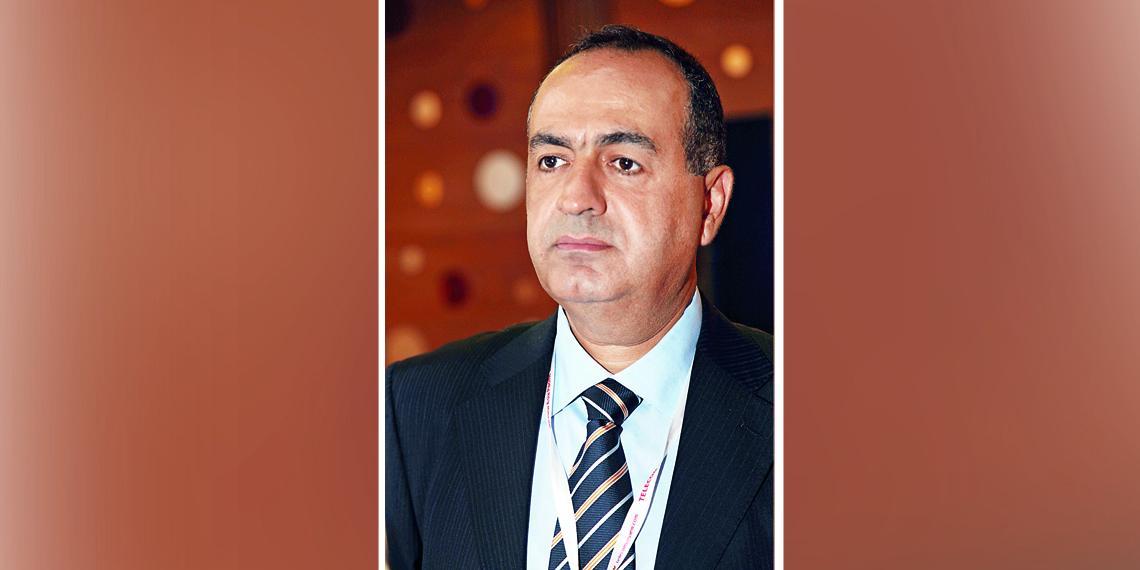This year, Mobile World Congress (MWC) was dominated by fewer topics compared to previous editions which were much more vast in nature; the focus this year was on 5G, IoT and connected cars.
5G was not a priority last year; while, this year the vendors have been in a race for deadline completion of it and are talking about testing it with operators on many continents, particularly Asian countries like South Korea and Japan, and in North American USA.
As per ITU, the standardization of 5G will not be ready before 2018. Vendors are pushing the industry because 5G technology and capacity will be needed by 2017. Yet, 4G has not yet been deployed everywhere and many countries are in the midst of deploying 3G. Why the rush?
For sure, the increase of data consumption exceeds any forecast, and the forecast for connected devices follows the same trend. With 5G, the cost of MB or GB is less. Also, the trend of video browsing, uploading and downloading, make 5G a requirement and not just a plain old new technology.
At the same time, the internet of things and smart city initiatives demand a huge connection in high speed with no latency. Utilities, transport, health, banking and government services will need more bandwidth as well.
Connected cars
During MWC 2015, the concept of connected cars was very evident. The connected car is not just a concept anymore; MWC attendees had the chance to see numerous cars connected at many stands, highly technological, such as Ericsson’s VOLVO S90 and Qualcomm’s chips for the best connected cars and announced partnership with Mercedes (and other manufacturers).
Connected cars on the streets will be connected to mobile networks, not to satellite, and will be in your office or home. Capacity requirements, speed and lower latency are the key to a moving machine like a car. 5G is the solution, which is why the topic is so hot these days!










